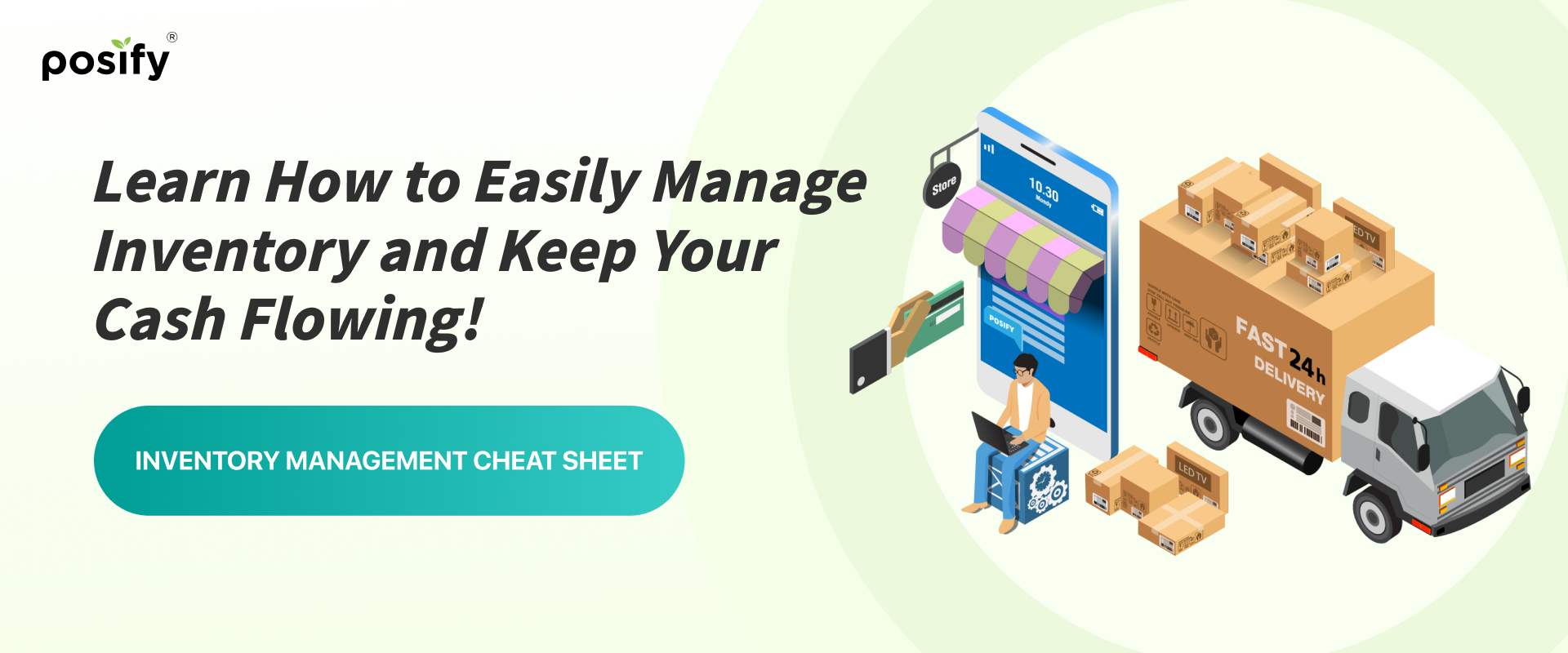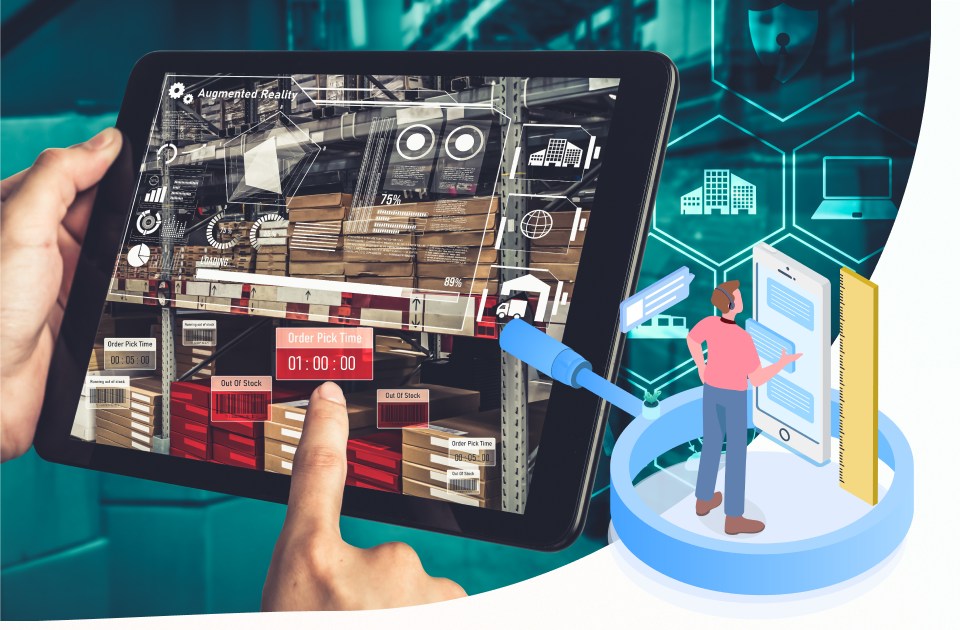
Inventory is the lifeblood of businesses, yet it can also serve as a financial anchor. Overstocking not only eats up valuable storage space but also hinders cash flow, compromising your business's agility and growth. Have you ever faced the dilemma of running out of popular items while unpopular ones sit idle in warehouses? Or struggled with managing expiration dates, resulting in frequent stale or outdated products? Did you encounter difficulties in coordinating multiple retail outlets with warehouses, leading to delayed replenishments and inflexible product transfers, ultimately affecting customer satisfaction? During peak and off-peak seasons, do you find yourself constantly playing catch-up with inventory decisions?
Whether you're a chain retailer or a small-to-medium business owner, inventory management can be a daunting task fraught with challenges. Are you sure you're tackling these issues the right way? Before you dive deeper, take a look at our comprehensive guide, the Inventory Management Starter Kit, designed to simplify your inventory management and keep your cash flowing!
I. Choose an Inventory Management Strategy That Works for You
Many businesses struggle with unclear or ill-suited inventory management approaches, blindly following trends that may not align with their operational needs. Consequently, inventory management fails to meet expectations and can even become a bottleneck for growth. Therefore, it's crucial to determine: What inventory management strategy truly fits your business?


Inventory Management Strategies | Pros & Cons | Suitable Industries
1. ABC Inventory Classification Method
Imagine your store carries hundreds of products, each with varying sales velocities and inventory costs. How can you classify them scientifically for meticulous management? The ABC classification method sorts products into three categories based on sales volume or inventory cost percentage:
- A-Class Items: High sales volume and frequency. Focus management involves frequent, small-batch replenishments to enhance cash flow, reduce inventory costs, and maintain safety stock levels. Understand sales patterns and customer segments intimately, and increase inventory counting frequency.
- B-Class Items: Moderate sales volume and frequency. Moderate management includes monitoring reserve funds and estimated reorder quantities. Continuous tracking is essential.
- C-Class Items: Low-value consumables. Streamlined management favors bulk ordering to reduce order frequencies.
Pros: Effectively prioritizes critical vs. non-critical inventory, optimizing resource allocation and lowering overall inventory costs.
Cons: Classification criteria can be subjective and requires periodic adjustments to adapt to market changes.
Suitable for: Large supermarkets, department stores with diverse product ranges and SKUs, fast-fashion boutiques, and electronics specialty stores prioritizing high inventory turnover.
2. Just-In-Time (JIT) Management
JIT emphasizes "right time, right quantity, right quality," aiming for minimal inventory through precise forecasting and efficient supply chain management. This means fostering close collaboration with suppliers to ensure prompt replenishments, reducing inventory build-ups, capital tie-ups, and storage costs. For instance, an electronics retailer implementing JIT with upstream suppliers can quickly respond to popular models' demand, satisfying market needs and enhancing cash flow efficiency.
Pros<: Reduces inventory burdens, improves capital utilization and operational flexibility, lowers inventory costs, and enhances overall efficiency.
Cons: Highly dependent on supply chain stability, requiring precise timing and a high degree of informatization and automation. Risk of stockouts is elevated.
Suitable for: Flower shops, fresh food markets, electronics retailers, and creative product stores.


3. Last-In, First-Out (LIFO) Management
Though not mainstream in retail, LIFO has its niche in specific contexts (e.g., investment-oriented inventory management). It primarily concerns accounting practices, aiming to influence cost calculations by selling newer inventory first. Useful for industries with significant price fluctuations or high-value goods, but less relevant for most retailers compared to the other two methods.
Pros: May mitigate cost increases due to inflation, suitable for managing high-value or volatile-demand products.
Cons: Can lead to long-term stockpiling of earlier inventory, increasing the risk of expiration and spoilage.
Suitable for: Jewelry stores, luxury boutiques, souvenir shops dealing with high-value goods.
With this guide, streamline your inventory management, free up cash flow, and take your business to new heights!
II. Core Functions of an Essential Inventory Management System
After determining an inventory management approach that aligns with your business needs, you have taken a solid step towards optimizing your inventory management. However, to truly achieve precision and efficiency in inventory management, a high-quality inventory management system is undoubtedly a crucial component. With the booming development of online shopping, the sophistication and timeliness of inventory management have become increasingly important. Relying solely on manual methods or inventory management systems with limited functions for inventory counting not only leads to inefficiency but also easily triggers stockouts or overstocking issues, ultimately compromising the customer shopping experience.
So, what are the core functions that a good inventory management system should possess? The following points are undoubtedly the essential features that retailers must consider when selecting an inventory management system:


Real-time Inventory Monitoring, Simplifying Replenishment and Transfer Processes
As businesses expand, managing multiple stores and warehouses becomes increasingly complex. Delayed replenishment and inflexible transfers can lead to popular items going out of stock while unpopular ones pile up in warehouses. Therefore, enhancing inventory transparency and simplifying replenishment and transfer processes is crucial. Through an intelligent system, real-time monitoring of inventory status and automated processes make replenishment and transfers effortless and efficient.
Core Functions of an Essential Inventory Management System
After determining an inventory management approach that aligns with your business needs, you have taken a solid step towards optimizing your inventory management. However, to truly achieve precision and efficiency in inventory management, a high-quality inventory management system is undoubtedly a crucial component. With the booming development of online shopping, the sophistication and timeliness of inventory management have become increasingly important. Relying solely on manual methods or inventory management systems with limited functions for inventory counting not only leads to inefficiency but also easily triggers stockouts or overstocking issues, ultimately compromising the customer shopping experience.
So, what are the core functions that a good inventory management system should possess? The following points are undoubtedly the essential features that retailers must consider when selecting an inventory management system:

Translating Theory into Practical Tools
Here, the advantages of the Posify Inventory Management System become evident. Posify can bridge multiple online and offline stores and warehouses, enabling synchronized management of warehouses and automated processing of inventory data. It provides real-time insights into inventory status and automatically adapts to various inventory management methods like ABC classification, JIT, LIFO, etc., freeing you from the worry of inventory backlogs and truly mobilizing your capital.

Real-time Inventory Monitoring, Simplifying Replenishment and Transfer Processes
As businesses expand, managing multiple stores and warehouses becomes increasingly complex. Delayed replenishment and inflexible transfers can lead to popular items going out of stock while unpopular ones pile up in warehouses. Therefore, enhancing inventory transparency and simplifying replenishment and transfer processes is crucial. Through an intelligent system, real-time monitoring of inventory status and automated processes make replenishment and transfers effortless and efficient.
Finally, if you're seeking to upgrade your inventory management system and enhance business efficiency, Posify will be your reliable inventory management assistant. Contact us, and we'll elaborate on how Posify can facilitate your successful retail digital transformation.
Want to know more?
Please leave your contact information.
Contact us now for a free 1V1 consultation.




